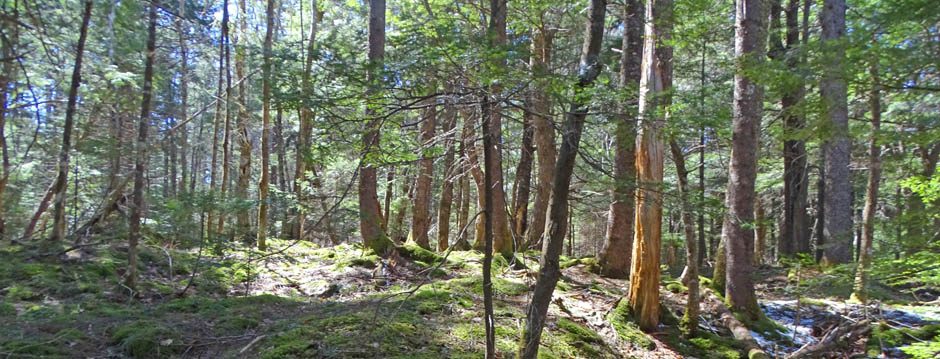Drafting…
View also Wabanaki Forest
Links to Mi’kmaw & Aboriginal Theses Available On-Line
Cape Breton University
Kespukwitk Conservation Collaborative (KCC)
“The Kespukwitk Conservation Collaborative (KCC) is a partnership of Mi’kmaq First Nations, Indigenous organizations, non-government organizations, academic institutions, and federal and provincial government departments. We work to improve species at risk and biodiversity conservation in Kespukwitk (Southwest Nova Scotia) through collaborative research, sharing of knowledge and on-the ground actions. The Kespukwitk Conservation Collaborative was established in 2017 in response to increasing recognition of the need for new, innovative approaches that integrate conservation needs for multiple species within an ecosystem-based, adaptive management framework. The approach is strengthened through Etuapmumk, or Two-Eyed Seeing, and acknowledges the benefits of both the Mi’kmaw concept of Netukulimk, and a mainstream science perspective to integrate conservation actions within Kespukwitk.”
Ta’n Weji-sqalia’tiek: Mi’kmaw Place Names Digital Atlas and Web Site
Ta’n Weji-sqalia’tiek: Mi’kmaw Place Names Digital Atlas and Web Site was created to raise awareness of the deep connection the Mi’kmaq have to the landscape of Eastern Canada they call Mi’kma’ki, the place of the Mi’kmaq. Mi’kmaw presence has been continuous for approximately 13,000 years B.P., and continues to the present day, as can be seen by the place names and archaeological information presented throughout this site. According to Bernie Francis, Mi’kmaw linguist and Elder,the Mi’kmaw verb infinitive, weji-sqalia’timk, is a concept deeply engrained within the Mi’kmaw language, a language that grew from within the ancient landscape of Mi’kma’ki. Weji-sqalia’timk expresses the Mi’kmaw understanding of the origin of its people as rooted in the landscape of Eastern North America. The “we exclusive” form, weji-sqalia’tiek, means “we sprouted from” much like a plant sprouts from the earth. The Mi’kmaq sprouted or emerged from this landscape and nowhere else; their cultural memory resides here…Ta’n Weji-sqalia’tiek is about a dynamic inter-relationship between the Mi’kmaq and their ancestral landscape—a landscape integral to the cultural and spiritual psyche of the people and their language (Sable and Francis, 2012:17).
Puktewei: Learning from Fire in Mi’kma’ki (Mi’kmaq Territory)
Shalan Joudry, MES thesis. The author takes the reader on her journey to explore the interaction between indigenous and scientific ways of learning about our world.
Abstract: Throughout history humans have lived with fires on the land. Land fires over Turtle Island (North America) are influenced by climate, lightning, ecology, and cultural uses. Recently, nonIndigenous governments have sought information about wildfires for land management in relation to forestry, public safety and conservation. Current perspectives about fire behavior, fire ecology and fire history in Atlantic Canada are largely grounded in mainstream science. Little has been researched about Mi’kmaw relationship with fire (puktew) in Mi’kma’ki, the territory of the Mi’kmaq. This relationship is explored through academic inquiry based in culturally-relevant and community-centered priorities and ways of knowing. Learnings were sought from Elders/Knowledge Holders across three cultural districts in Nova Scotia. Physical, mental, emotional and spiritual relationships with puktew were described. These teachings demonstrate cultural connections to puktew and unique fire regimes in each district. Mi’kmaw research methodologies highlighted cyclical ways of learning and sharing stories back to community.
